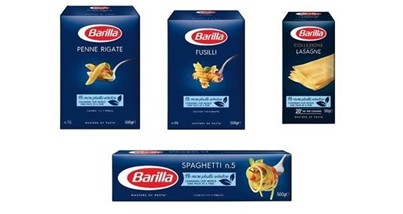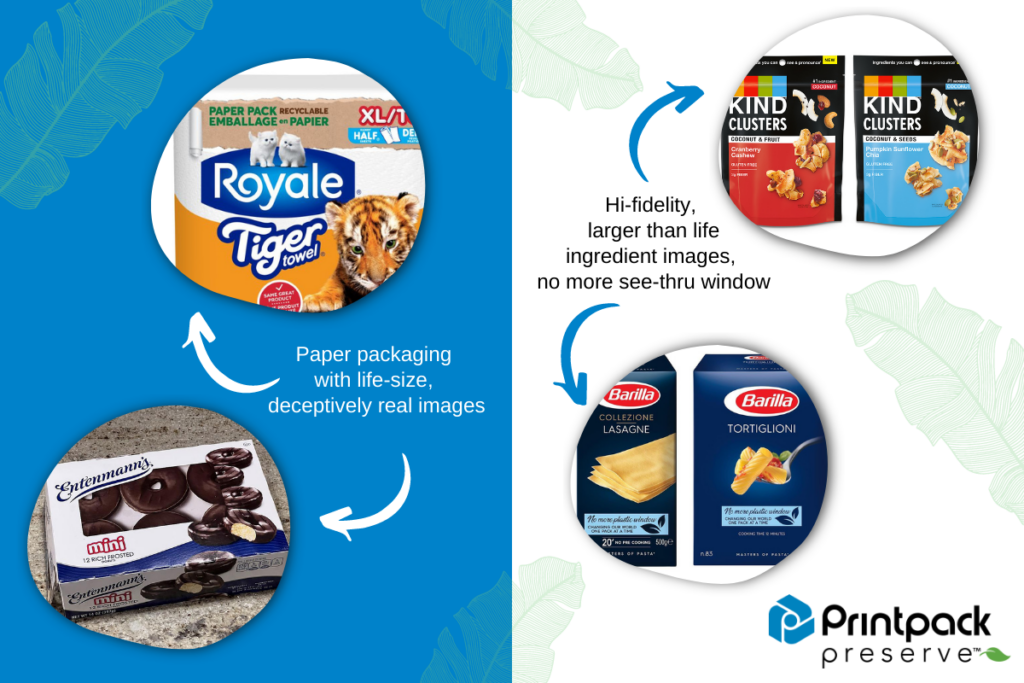The Change is Clear: Is Transparent Packaging Losing Popularity?
Consumers demand transparency from food brands. Not only do they want greater insight into the products and the manufacturing of those products, but they have also said, “show me the goods!” The demand for see-through windows and transparent packaging was one of the leading flexible packaging trends in the past several years. Today we are seeing a notable shift in these preferences and consumer expectations.
Transparent packaging and clear windows on food packaging surged in popularity during the past decade due to the ability to highlight contents and capture attention. However, current market research reveals that these clear packages are becoming less desirable. Snack bars, the category that led the clear barrier, see-through windows trend through the last decade, recently saw metalized film launches into the market increase by 26% from Q3’20 to Q3’21..
High-definition printing to showcase product ingredients on-pack is growing in popularity. Data from Frontier Psychology in 2020 showed that there were no statistical differences between “transparent” and “graphic” stimuli, suggesting that both can efficiently increase product attractiveness and purchase intention. Brands are taking back valuable billboard space to tell compelling product stories and finding that it does attract consumers’ attention and can serve as a purchase driver.
Earlier this year we discussed the growth of the Responsible Consumer. These consumers are more in tune with the impact of their purchases than ever before. They want brands to provide more information on-pack to help them make informed decisions. Many understand that while windows offer a behind-the-scenes view, those packages are also likely engineered in a way that inherently limits environmental friendliness. Brands are listening and making big commitments to redesign packaging to be more sustainable. CPG giants, like Mars, are redesigning packaging for better circularity by removing mixed substrates. Other brands may be redesigning their packaging due to supply chain disruption.
Whatever the driving cause, using a monolayer package instead of multilayer packs with clear windows is more environmentally responsible. Removing windows to avoid mixing substrates uses fewer raw materials for production. This also makes for a more straightforward end-of-life disposal process, which in turn, makes it more actionable for the consumer.
Barilla Group has removed their famed plastic window displaying the pasta products from their boxes. The packaging is now one single material to reduce waste and make recycling more accessible. In place of the plastic window, an illustration of the pasta appears on the box, along with the reminder: changing our world one pack at a time.

Image Source: The Dieline
If your brand has the opportunity to shift packaging design this year, consider following suit and giving your customers the most sustainable, simple, and visually appealing way to experience your product on-pack.






